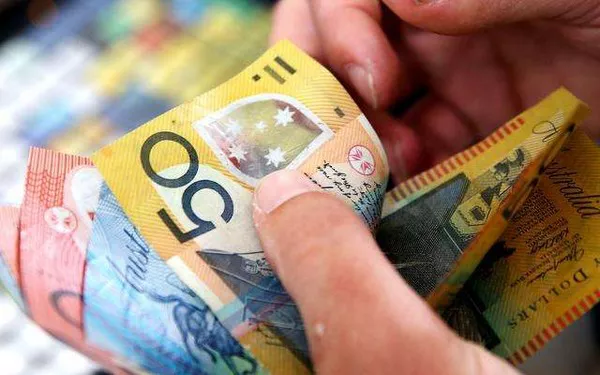The Australian Dollar (AUD) rebounded on Wednesday, recovering its daily losses despite facing challenges from a modest resurgence in the US Dollar (USD). This recovery is likely influenced by a hawkish speech from Federal Reserve (Fed) Board of Governors member Dr. Adriana Kugler on Tuesday.
In her remarks, Dr. Kugler acknowledged easing inflationary pressures but emphasized the need for additional data to justify a rate cut. She indicated that if upcoming data does not confirm inflation moving toward the 2% target, maintaining current rates might be appropriate for a while longer.
Challenges for AUD/USD Pair
The AUD/USD pair could face difficulties as investors lower their expectations for a Reserve Bank of Australia (RBA) rate hike. Despite this, the central bank is still anticipated to delay joining the global rate-cutting cycle. Investors are now focused on Australian employment numbers, due on Thursday, to gain further insights into the monetary policy outlook.
On the US front, traders await key economic data and the Fed Beige Book on Wednesday, alongside speeches from Fed officials Thomas Barkin and Christopher Waller.
Market Movers and Economic Indicators
Australia’s 10-year government bond yield steadied around 4.2%, its lowest level in three weeks, mirroring a decline in US bond yields. This followed comments from Federal Reserve Chair Jerome Powell, which strengthened the case for a rate cut by the US central bank in September.
During an interview with Bloomberg News on Tuesday, Donald Trump cautioned Fed Chair Jerome Powell against cutting US interest rates before November’s presidential vote. However, Trump also indicated that if re-elected, he would allow Powell to complete his term if he continued to “do the right thing” at the Federal Reserve.
On Monday, Fed Chair Powell stated that the three US inflation readings from this year “add somewhat to confidence” that inflation is on track to meet the Fed’s target sustainably, suggesting that a shift to interest rate cuts may be imminent.
US Retail Sales for June held steady at $704.3 billion, in line with market expectations, after a 0.3% gain in May.
The third plenum of the Chinese Communist Party’s 20th National Congress continues, with Standard Chartered expecting cuts from the People’s Bank of China, both in rates and the reserve requirement ratio (RRR), as GDP growth decelerated in Q2. China’s growth drivers remain uneven, and trade tensions are rising, with the US and EU imposing new tariffs on Chinese electric vehicles (EVs).
Fed Bank of San Francisco President Mary Daly stated that inflation is cooling down, bolstering confidence that it’s on its way to 2%. However, Daly added that more information is needed before making a rate decision.
In China, a close trade partner of Australia, Gross Domestic Product (GDP) grew 4.7% year-over-year in the second quarter, compared to a 5.3% expansion in the first quarter and an expected 5.1%. The National Bureau of Statistics (NBS) reported that China’s economy operated generally steadily in the first half of the year, with H1 GDP growth at +5.0% year-on-year. Looking ahead, the NBS highlighted increasing external uncertainties and numerous domestic challenges that China’s economy faces in the second half of the year.
Technical Analysis: AUD/USD Holds Ground Near 0.6750
The Australian Dollar trades around 0.6740 on Wednesday. The daily chart analysis shows that the AUD/USD pair consolidates within an ascending channel, indicating a bullish bias. However, the 14-day Relative Strength Index (RSI) declines toward the 50 level, suggesting a correction. A further decline could weaken the bullish trend.
The AUD/USD pair may test the psychological level of 0.6800. A breakthrough above this level could support the pair to approach the upper boundary of the ascending channel near 0.6820.
On the downside, immediate support appears around the 21-day Exponential Moving Average (EMA) at 0.6710. Further support is seen near the lower boundary of the ascending channel at 0.6700. A break below this level could push the AUD/USD pair toward the throwback support at 0.6590.
The Australian Dollar’s resilience amidst a hawkish Fed stance and market uncertainties underscores the complex interplay of global economic factors influencing currency movements. Investors will closely monitor upcoming economic data and central bank communications for further direction.
Related Topics:

























